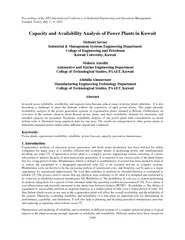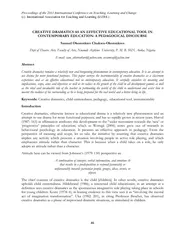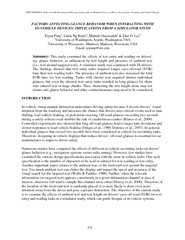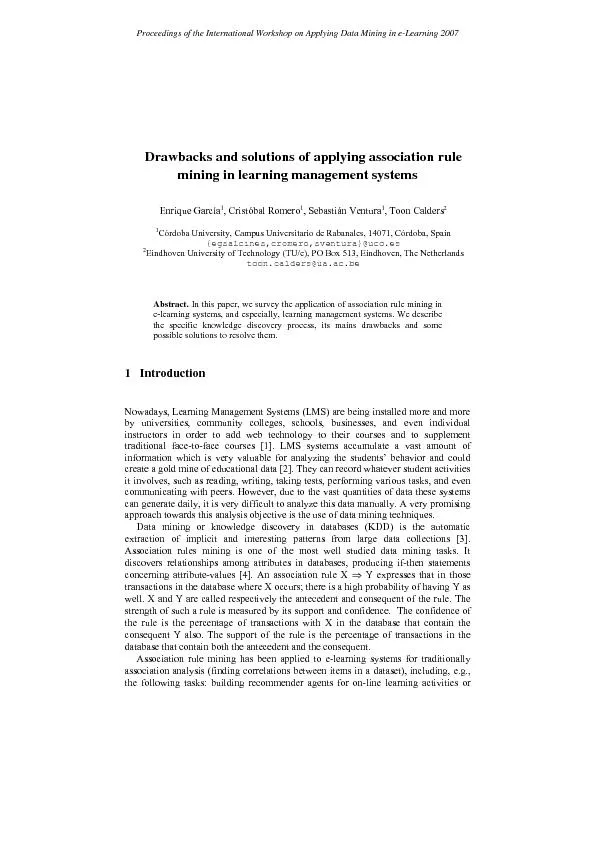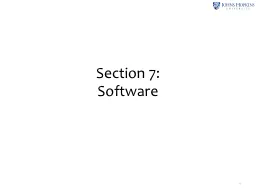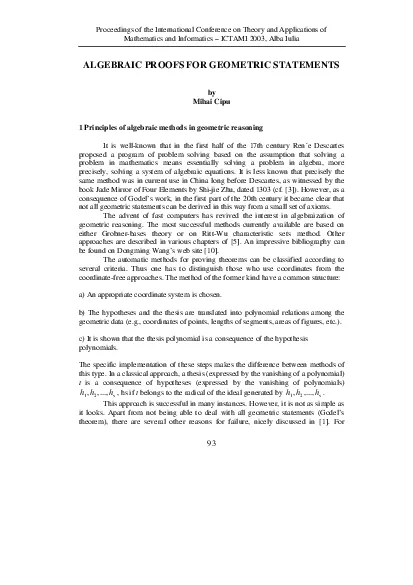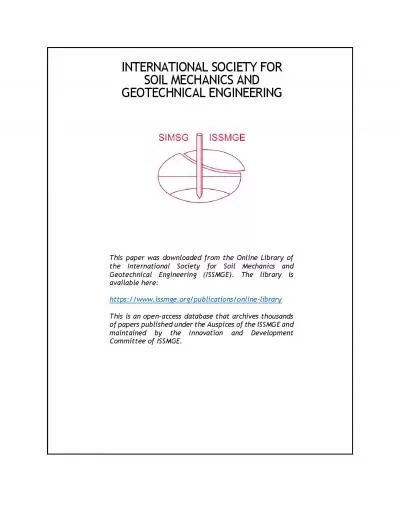PDF-Proceedings of the International Conference on Indust
Author : pamella-moone | Published Date : 2015-05-02
It is also becoming a challenge to meet the demand without the expansion of aged power plants This paper presents availability analysis of the power generation systems
Presentation Embed Code
Download Presentation
Download Presentation The PPT/PDF document "Proceedings of the International Confer..." is the property of its rightful owner. Permission is granted to download and print the materials on this website for personal, non-commercial use only, and to display it on your personal computer provided you do not modify the materials and that you retain all copyright notices contained in the materials. By downloading content from our website, you accept the terms of this agreement.
Proceedings of the International Conference on Indust: Transcript
Download Rules Of Document
"Proceedings of the International Conference on Indust"The content belongs to its owner. You may download and print it for personal use, without modification, and keep all copyright notices. By downloading, you agree to these terms.
Related Documents

